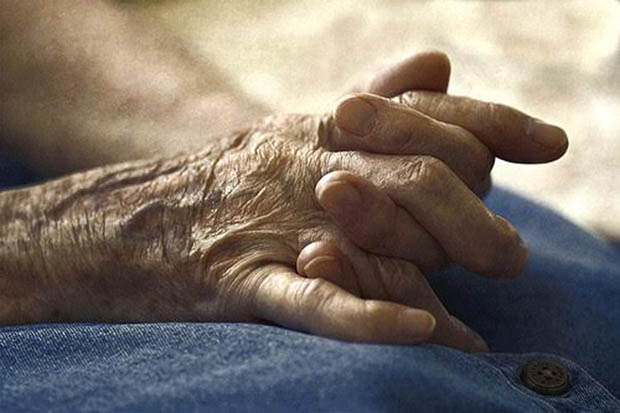
A new analysis finds that Social Security benefits are especially crucial for older women in Hawaiʻi, who are more likely to live in poverty and less likely to have access to assets or savings in retirement. This report, released by Myron B. Thompson School of Social Work at the University of Hawaiʻi at Mānoa, is a first in examining more closely the economic status of older adults in Hawaiʻi by gender and race/ethnicity.

Just over nine percent (9.1 percent) of older women in Hawaiʻi live in poverty, compared with 5.8 percent of older men. Single older women in Hawaiʻi, however, are three times more likely than married older women to be living in poverty (13.0 percent and 4.1 percent poverty rates, respectively). The majority of older women in Hawaiʻi are single, while the majority of older men are married. There are also differences by race/ethnicity—rates of pension coverage are highest among older Japanese women and lowest among older Filipinas and rates of marriage also vary, with Filipinas most likely and Native Hawaiian women least likely to be married.
- Read the full report: The Economic Security of Older Women and Men in Hawaiʻi
Economic challenges stem from gender inequities
“Many of the economic challenges that older women experience stem from inequities that women face earlier in life, including a persistent wage gap, the high cost of child care and a shortage of affordable housing. This builds up over the course of a lifetime and limits women’s ability to lay the foundation for economic security in retirement, especially for the many older single women living without a spouse,” said Colette Browne, Richard S. and T. Rose Takasaki Endowed Professor in Social Policy at the Myron B. Thompson School of Social Work and author of the report’s recommendations.
The paper finds that Social Security is the most common source of income for both older men and women in Hawaiʻi, and is especially crucial for women. In Hawaiʻi, nearly 40 percent (39.4 percent) of older women’s annual income is from Social Security, compared with 29 percent of older men’s. Still, Social Security benefits received by older women in Hawaiʻi total about 80 percent of the amount older men receive ($12,000, compared with $15,158).
Older men have greater access to pensions, retirement savings, and asset income than older women. Nearly half (47 percent) of older men receive income from a pension or retirement savings plan, compared with just over a third (35.5 percent) of older women in the state. Even for those with a pension or retirement savings plan, women’s median annual income is about 60 percent of men’s ($12,596 compared with $21,344).
Strategies to address inequity
The report concludes with recommendations for Hawaiʻi policymakers to focus on strategies and programs that alleviate age-, gender- and race-based inequalities and poverty across the lifespan.
Strategies to address inequity and support the health, educational and employment aspirations of women of every age in Hawaiʻi, coupled with policies that support women with child and elder caregiving responsibilities, such as paid sick days, paid family leave and an affordable and secure long-term care funding mechanism, would bolster women’s financial security throughout their life course and especially in their later years.
“Today’s younger woman is tomorrow’s older woman, so improving the economic status of older women in Hawaiʻi must start with addressing inequality at school, work and home,” said Browne. “But, we must also pay attention to the needs of older women today, and this means honoring women’s contributions to family and community, protecting Social Security and committing ourselves to funding for health and long-term care if and when disabilities occur.
The findings are presented in a paper by the Institute for Women’s Policy Research. The Myron B. Thompson School of Social Work funded the analysis and authored the paper’s recommendations through the school’s Takasaki Endowment.
—By Theresa Kreif

